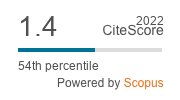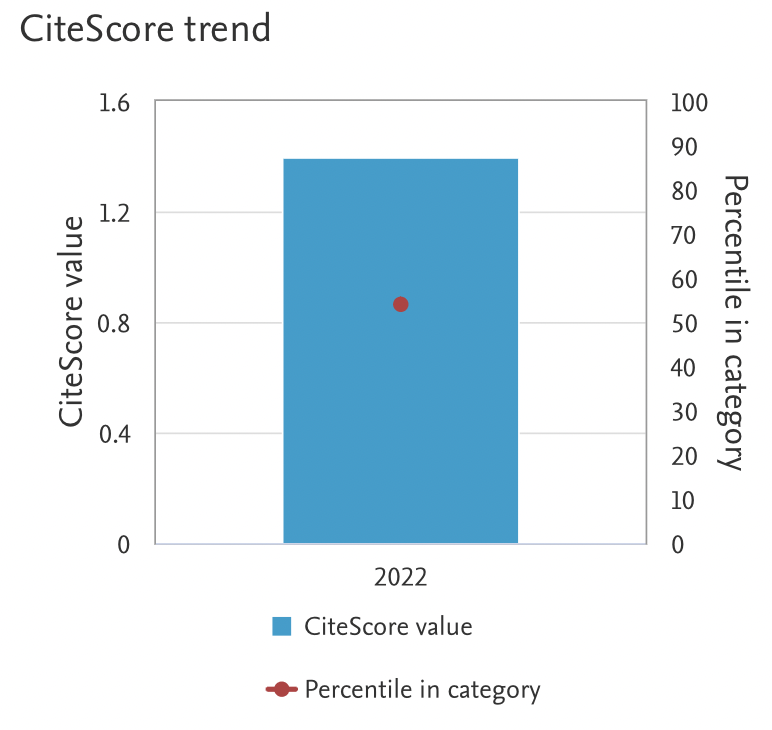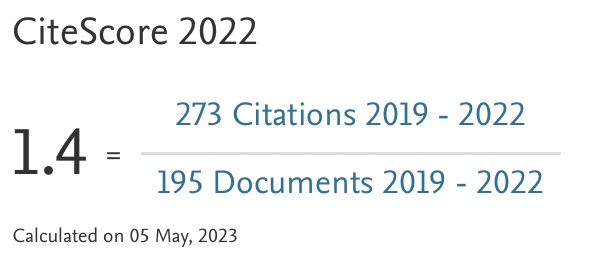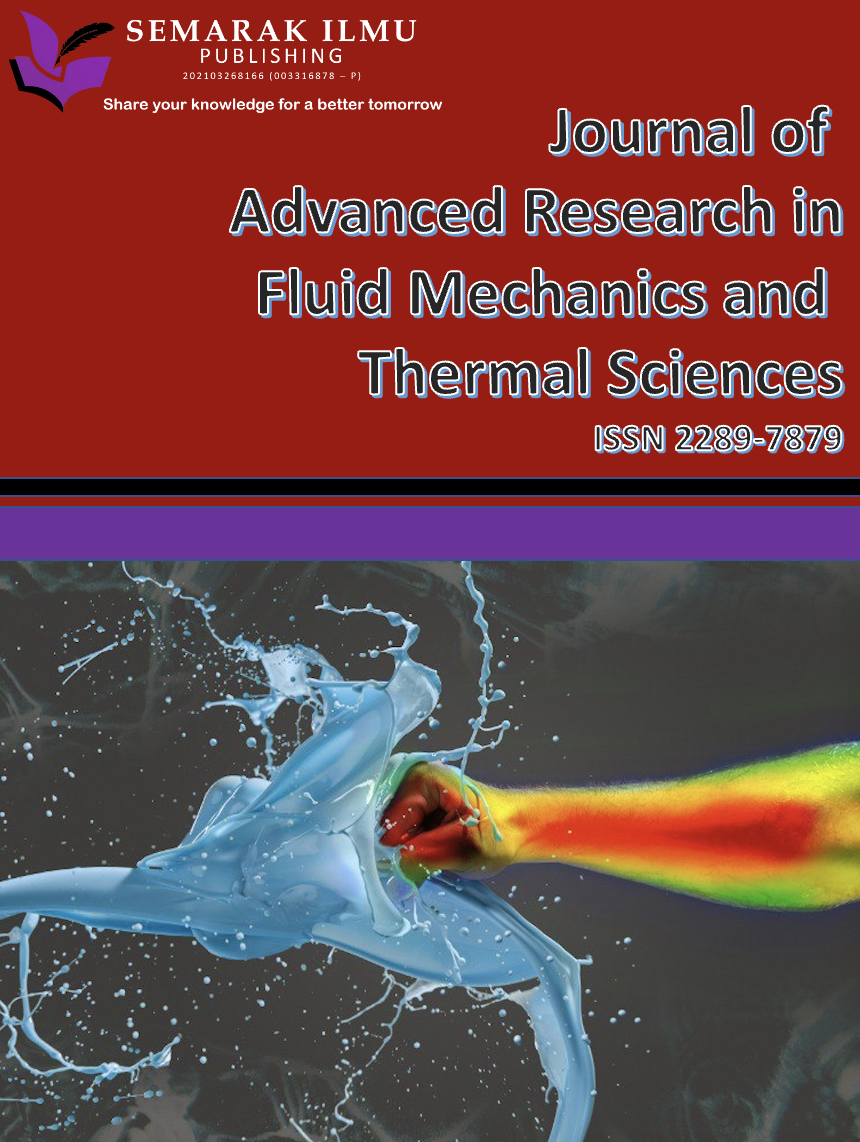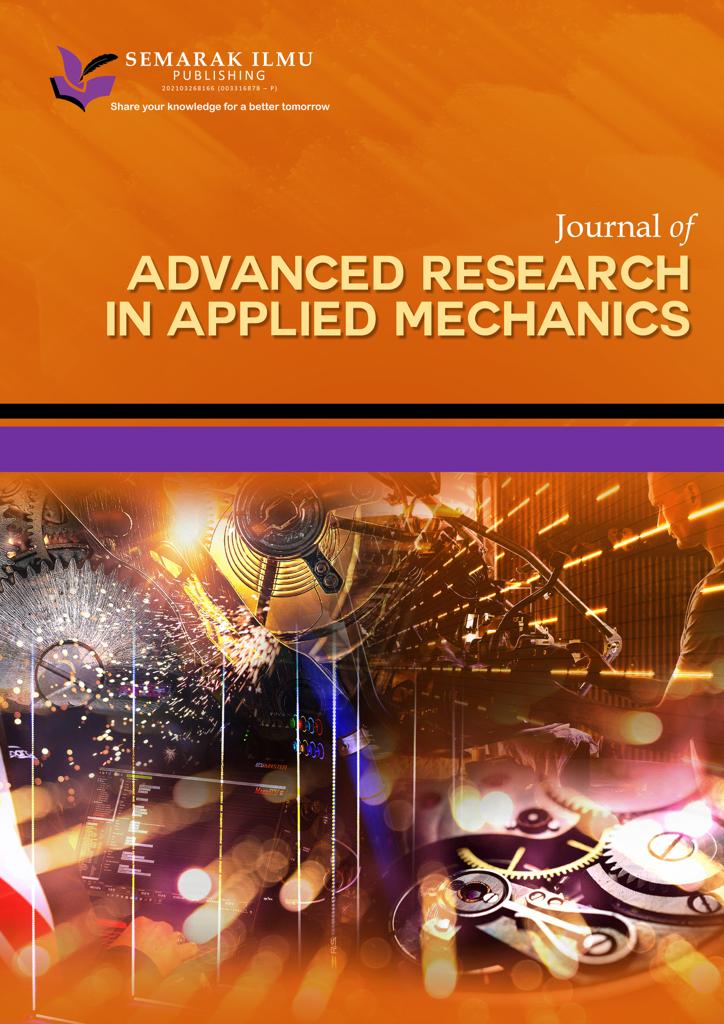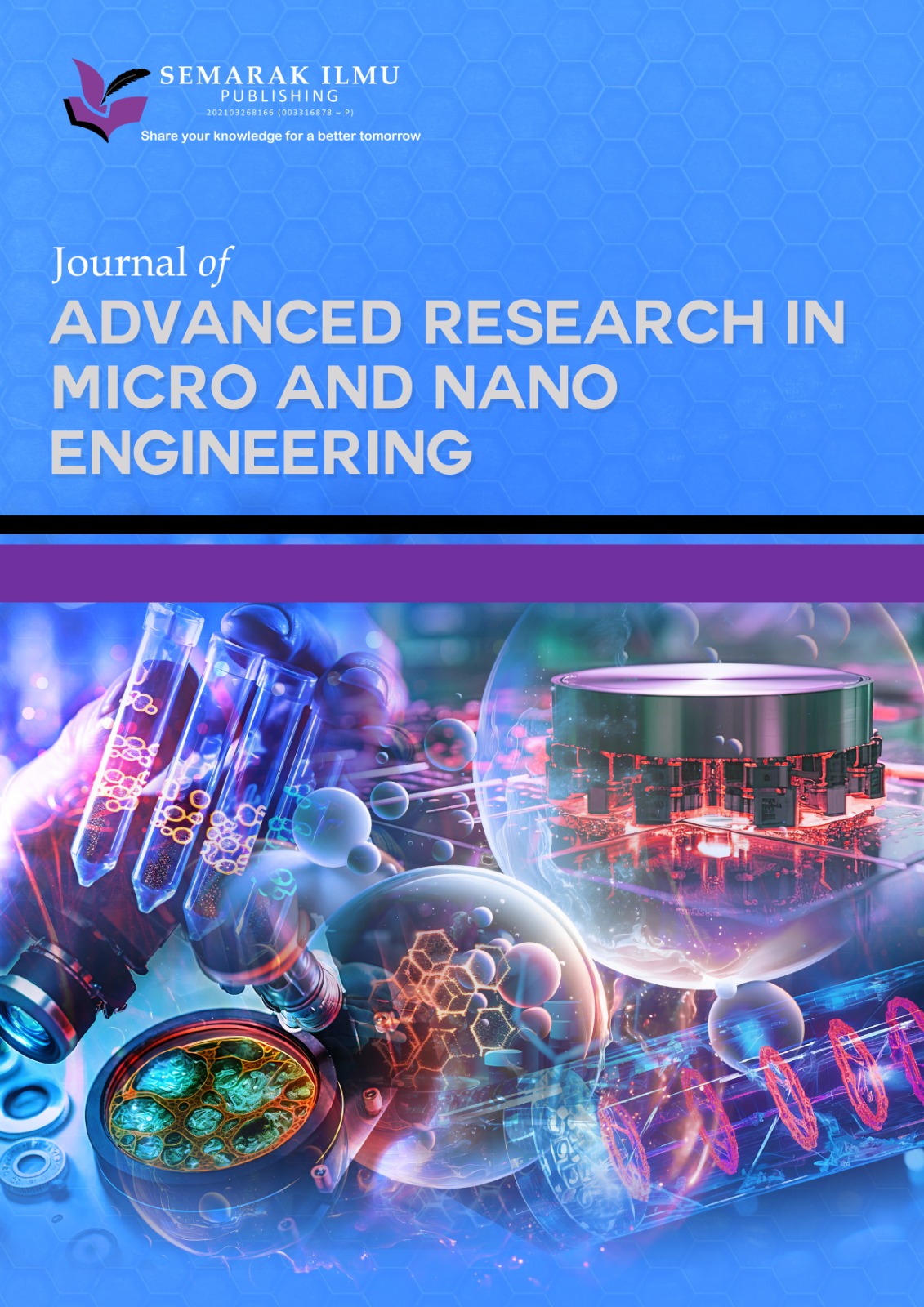A Prediction of Heart Disease using IoT based ThingSpeak Basis and Deep Learning Method
DOI:
https://doi.org/10.37934/araset.47.1.166179Keywords:
IoT based framework, Heart issues, Convolution neural network, ThingSpeak and classificationAbstract
Developing an IoT-based system with enhanced deep learning to predict heart disease aims to revolutionize healthcare. The system, by continuously monitoring vital signs, utilizes advanced machine learning for early detection of potential heart issues, emphasizing innovation for timely interventions and potentially life-saving outcomes. Select appropriate sensors for monitoring vital signs such as heart rate, blood pressure, ECG (Electrocardiogram), oxygen saturation, and temperature. Connect these sensors to an IoT platform using wireless communication protocols like Wi-Fi. Predicting heart disease using an IoT-based ThingSpeak framework is a practical and efficient way to monitor and predict heart-related issues in real-time. ThingSpeak is an IoT platform that allows you to collect, store, analyse, and visualize data from IoT sensors. Here's a step-by-step guide on how to develop a heart disease prediction system using ThingSpeak: Deploy the trained deep learning model to make real-time predictions based on the IoT sensor data. Implement strong security regulations. The input dataset is pre-processed approach for resolving error data and missing values. On ThingSpeak, we can apply preprocessing functions to your data. This might include data smoothing, outlier removal, or missing data handling. Pre-processed data values features are then classified into normal and abnormal by Convolution Neural Network-CNN. A 10-fold cross-validation tactic was employed during the model development procedure. In the experimental result comparisons of MCC calculation, the MD2N model attained the 0.86201 and DCNN perfect reached as 0.84111 and then DBN reached as 0.91157 and then AE model rate as 0.88662 and then proposed model reaches as 0.93291 correspondingly.





